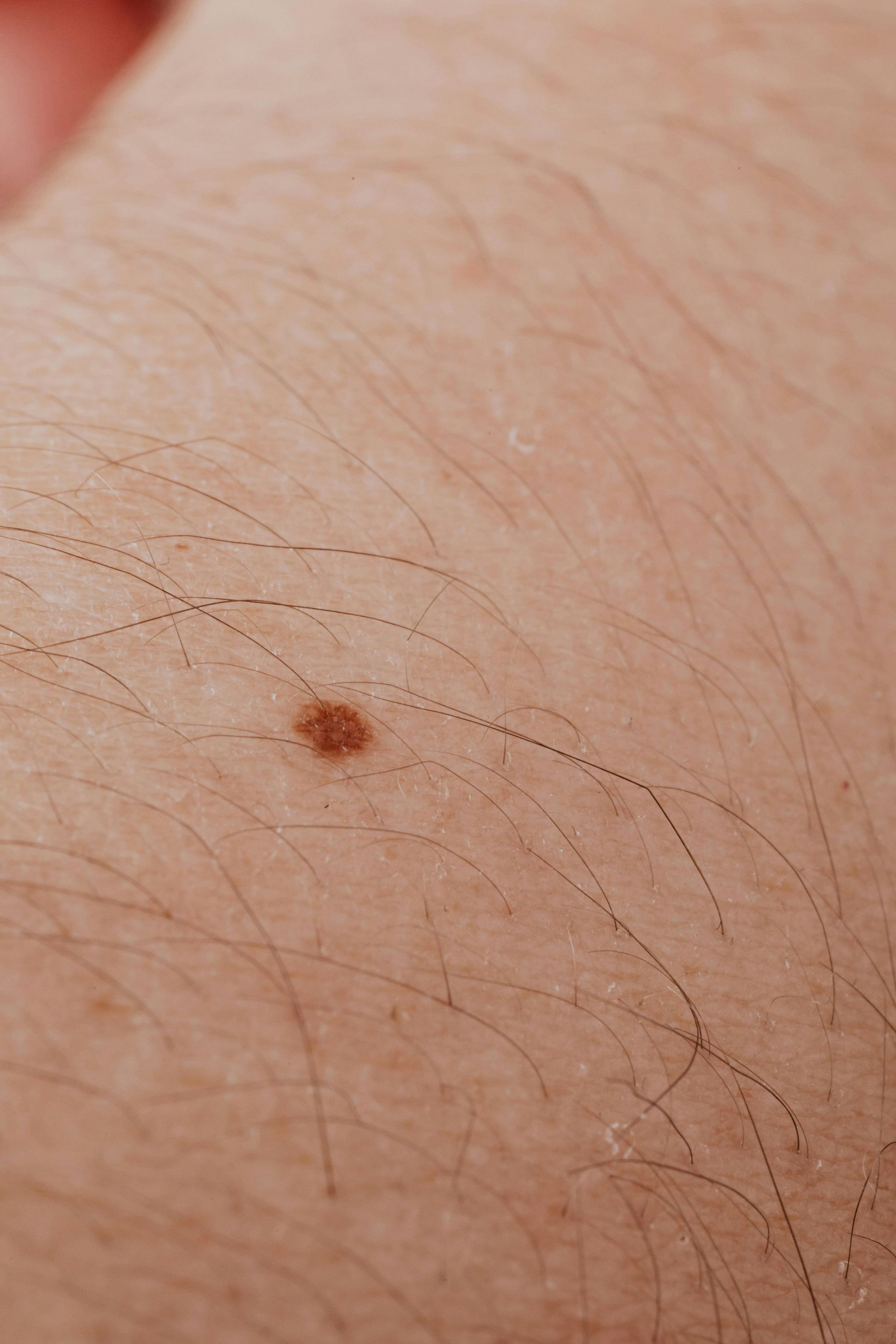Mole Examanation
Expert Mole Examination and Treatment
Moles are one of the most common skin growths, appearing as small, dark spots or patches on various parts of the body. They can be round or oval, flat or raised, and vary in size and color. While most moles are harmless, it's essential to monitor changes in their appearance, as alterations in size, shape, color, or texture could indicate skin cancer.
Moles differ in appearance and number, with some individuals having only a few and others having many. Most moles develop during childhood or adolescence, evolving over time. Factors like sun exposure and genetics often influence their formation and changes.
Regularly checking your moles for any changes or new growths is crucial. At Skin Dermatology and Cosmetic Services, our team of skin specialists provides thorough mole examinations to detect any irregularities. Using cutting-edge diagnostic tools, we assess whether a mole is benign or requires further investigation.
If you’re concerned about your moles or want a professional examination, schedule an appointment with Skin Dermatology and Cosmetic Services today.
How to Recognize a Potentially Cancerous Mole
Monitoring your moles for changes is important to catch any signs of skin cancer early. Here are key indicators that a mole may need further examination:
- Asymmetry: One half of the mole looks different from the other half, making it uneven.
- Border: The edges of the mole are irregular, jagged, or blurred instead of smooth and defined.
- Color: The mole has changed color or displays multiple colors, such as brown, black, red, or white.
- Diameter: The mole is larger than 1/4 inch (6 mm) across—about the size of a pencil eraser.
- Enlargement: The mole has grown in size over time, indicating potential concern.
If you notice any of these changes, it’s important to have the mole checked by a dermatologist for further evaluation.
What to Do if You Suspect a Cancerous Mole
Although most moles are non-cancerous, it’s crucial to stay vigilant for changes that may indicate cancer. Here's what you should look out for and do if you’re concerned about a mole:
- Monitor changes: Keep an eye on any shifts in the mole's color, size, or shape. These changes could signal a problem.
- Seek medical advice: Schedule a prompt appointment with our dermatologists if you notice any changes in appearance.
- Watch for discomfort: Pain, tenderness, or itchiness around a mole can also be early warning signs of concern.
- Limit sun exposure: Excessive exposure to UV rays can increase your risk of developing cancerous moles. Make sun protection a priority.
If you have concerns about a mole, early action is key. Consult a dermatologist for a thorough evaluation.
Call our offices today!
Call our offices today!
Comprehensive Mole Checks
If you're concerned about a suspicious mole or have a higher risk for skin cancer, it's important to schedule a full-body skin check as soon as possible. Early detection is key to effective treatment.
During your mole evaluation, our dermatologists will carefully examine any areas of concern to detect atypical features. If necessary, we’ll work closely with you to determine the best course of action, which may include a biopsy for further evaluation.
Take control of your skin health by scheduling a mole check with us today.


